Lavender, with its vibrant purple blooms and soothing fragrance, is more than just a decorative or aromatic plant—it’s a global commodity. From perfumes and essential oils to culinary uses and natural remedies, lavender has secured a firm spot in international markets. As demand for lavender-based products continues to rise, certain countries have become synonymous with large-scale cultivation and export. This article explores the top countries known for lavender exports, examining their unique cultivation methods, climatic advantages, and contributions to the global lavender economy.
Why Lavender Is in High Demand
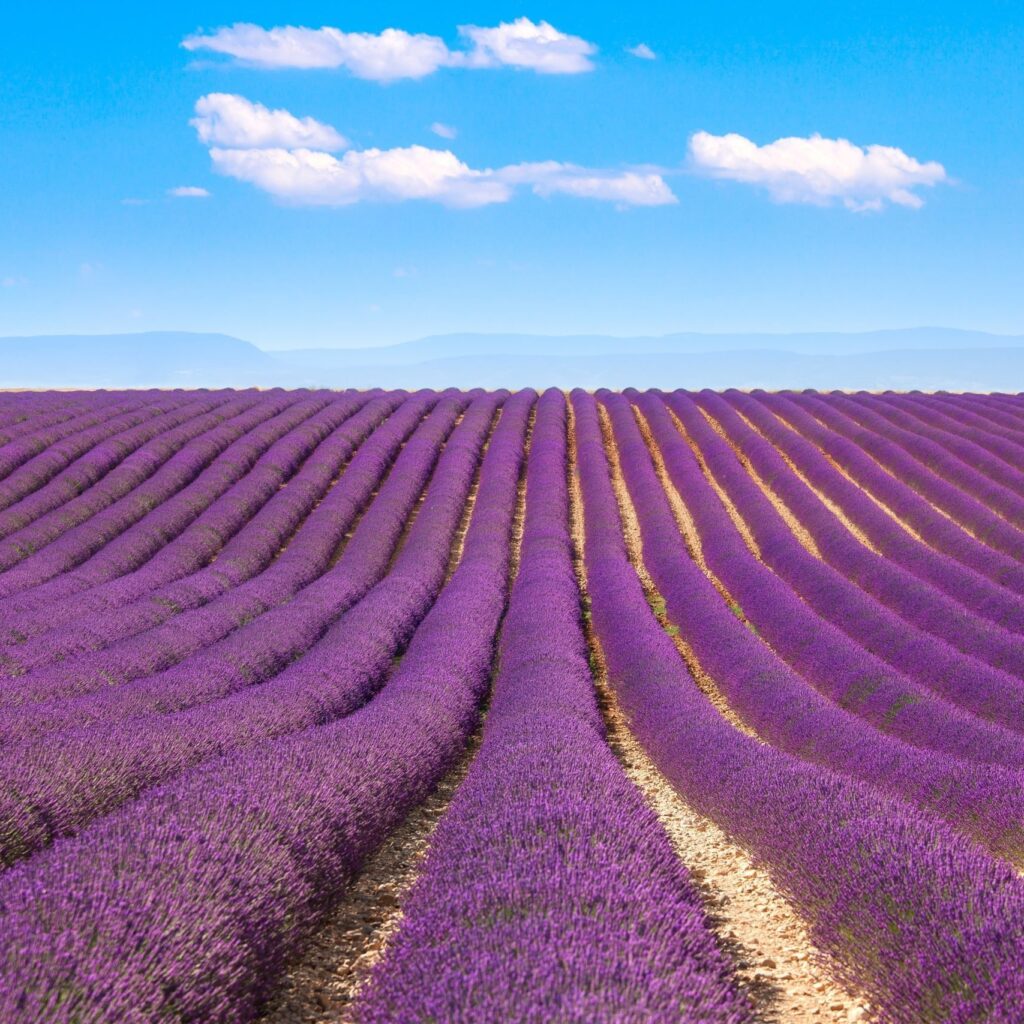
Lavender (genus Lavandula) is primarily cultivated for:
- Essential oils – used in aromatherapy, cosmetics, and personal care products
- Dried flowers – used in potpourri, decorations, and crafts
- Culinary uses – in teas, desserts, and herbal blends
- Medicinal benefits – as a natural remedy for anxiety, insomnia, and skin issues
The growing global emphasis on natural and organic wellness products has contributed significantly to lavender’s market expansion. The global lavender oil market alone is projected to reach USD 124 million by 2030, with a CAGR of around 5.8%.
1. France – The Iconic Lavender Capital
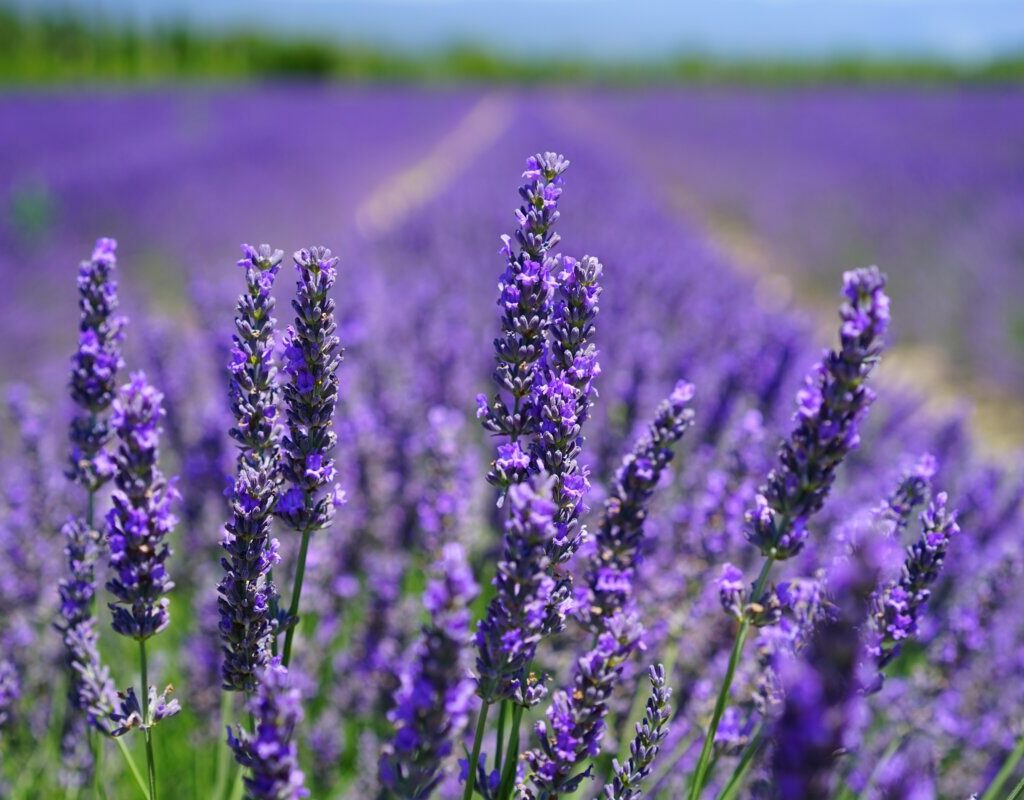
Region: Provence-Alpes-Côte d’Azur
Lavender Type: Lavandula angustifolia (True Lavender), Lavandula x intermedia (Lavandin)
Main Exports: Essential oil, dried lavender, cosmetic products
France has long been the epicenter of global lavender production. The rolling purple fields of Provence are not only a tourist attraction but a hub of commercial lavender farming. French lavender is highly regarded for its quality, especially the angustifolia species, which is rich in aroma and therapeutic properties.
French lavender producers employ both traditional hand-harvesting and modern distillation methods, producing high-grade essential oils that dominate luxury skincare and fragrance markets worldwide.
Export Insight: France exports lavender oil primarily to the USA, Germany, the UK, and Japan.
2. Bulgaria – Europe’s Largest Producer
Region: Rose Valley, Southern Bulgaria
Lavender Type: Lavandula angustifolia, Lavandin hybrids
Main Exports: Essential oils, dried flowers
Surprisingly to many, Bulgaria has overtaken France in recent years to become the largest producer of lavender oil globally. Thanks to fertile soil, a temperate climate, and government incentives, lavender farming has flourished.
Bulgaria’s lavender oil is known for its high linalool and linalyl acetate content—key compounds valued in aromatherapy and perfumery. Bulgarian growers focus on sustainable cultivation, and distillation facilities are equipped with modern machinery that ensures high-quality yields.
Export Insight: Bulgarian lavender oil is heavily exported to Germany, the USA, the UK, and other EU nations.
3. India – A Rapidly Emerging Exporter
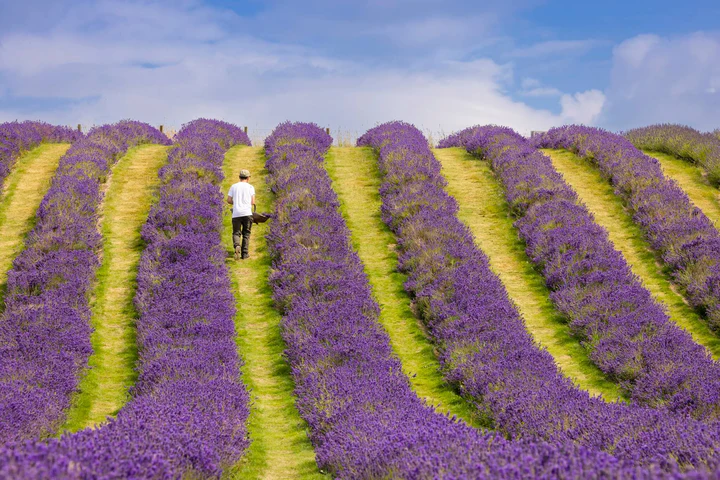
Region: Jammu and Kashmir, Himachal Pradesh, Uttarakhand
Lavender Type: Lavandula angustifolia, Lavandin
Main Exports: Essential oil, dried lavender bundles, skincare ingredients
India’s tryst with lavender cultivation is relatively new but rapidly expanding, especially in the northern hill states. Under the “Aroma Mission” initiated by the CSIR (Council of Scientific & Industrial Research), Indian farmers are shifting from traditional crops to high-value lavender farming.
The cool climate of Kashmir and Himachal makes it ideal for cultivating English lavender. Local processing units are producing essential oils that are now gaining traction in global markets, especially in Asia and the Middle East.
Export Insight: India exports lavender oil to UAE, Southeast Asia, Europe, and is expanding toward North America.
4. China – Scaling Up Production
Region: Xinjiang, Gansu, and Inner Mongolia
Lavender Type: Mainly Lavandin hybrids
Main Exports: Essential oils, dried flowers, cosmetics
China has leveraged its massive agricultural capacity to enter the lavender market, focusing primarily on large-scale production. While Chinese lavender may not match French or Bulgarian oils in terms of purity or fragrance complexity, the country compensates through volume and affordability.
Lavender cultivation in Xinjiang has turned arid lands into flourishing fields. China also exports lavender-infused products such as soaps, creams, and sachets.
Export Insight: Key markets for Chinese lavender include Southeast Asia, Russia, the Middle East, and North America.
5. Australia – High-Quality Niche Exporter
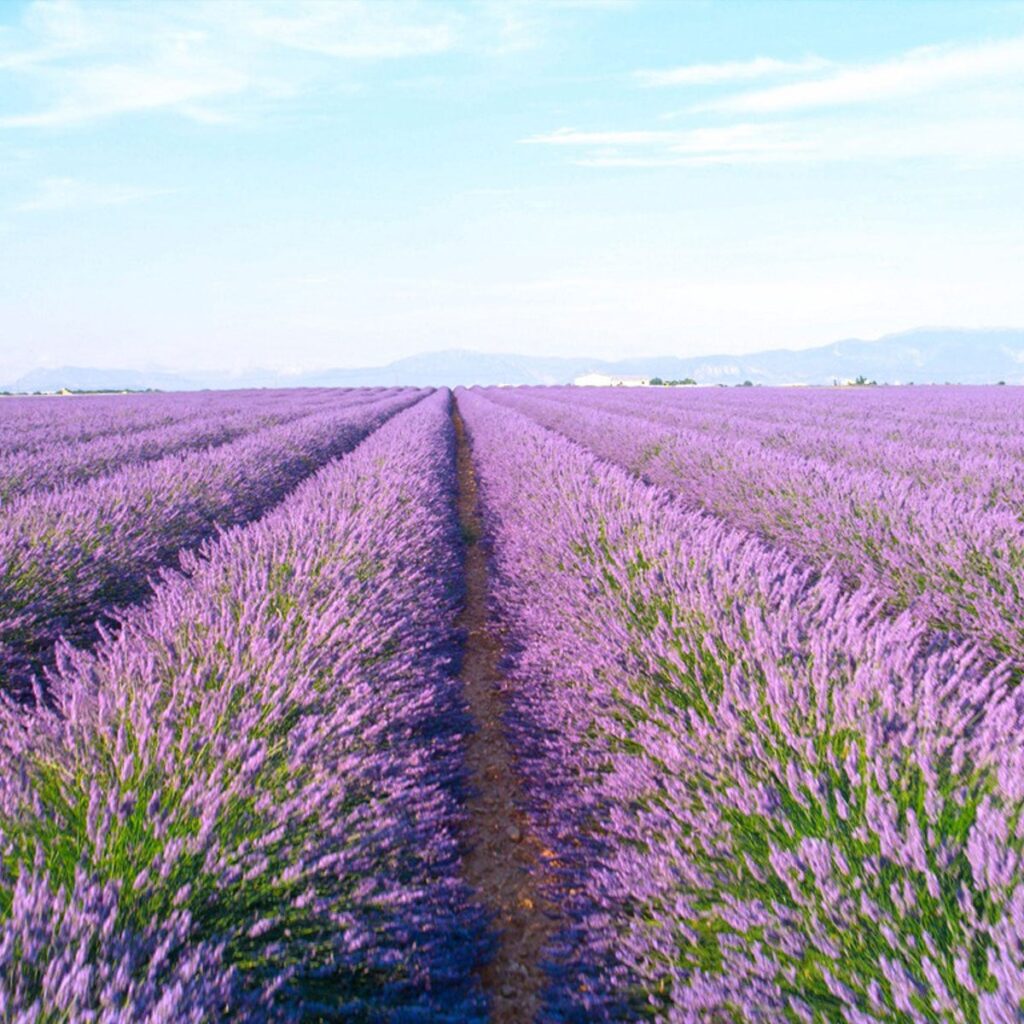
Region: Tasmania, Victoria, New South Wales
Lavender Type: Lavandula angustifolia, Lavandula stoechas
Main Exports: Essential oils, personal care products, dried flowers
Australia’s clean environment and strict organic farming practices make its lavender products some of the purest in the world. Tasmania, in particular, is known for producing premium-grade lavender oil, often sought after by high-end cosmetic brands.
Australian growers focus on quality over quantity and promote lavender tourism alongside farming, further boosting the industry. The oils extracted are free from pesticides and are highly valued in niche markets.
Export Insight: Main buyers include Japan, the USA, South Korea, and Europe.
6. Spain – Wild Lavender and Large-Scale Cultivation
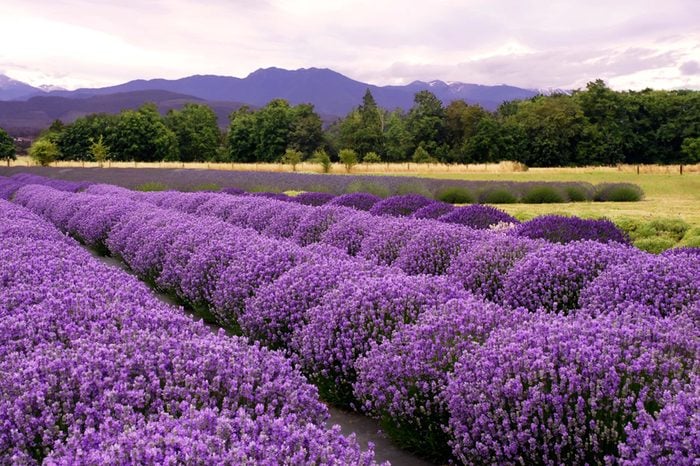
Region: Castilla-La Mancha, Andalusia
Lavender Type: Lavandula latifolia (Spike Lavender), Lavandin
Main Exports: Essential oils, dried herbs
Spain is one of the leading producers of wild lavender and Lavandin hybrids, especially used for medicinal and industrial purposes. Spanish lavender oil tends to have a stronger, more camphorous scent, making it suitable for cleaning agents, soaps, and muscle-relaxant creams.
Spain’s lavender industry is largely mechanized, enabling high-volume production. Wild harvesting is also practiced in the mountains, contributing to the country’s unique product offerings.
Export Insight: Spain exports mostly to France, Germany, the UK, and other Mediterranean and Latin American countries.
Emerging Countries on the Lavender Map
- Ukraine – Increasing lavender cultivation in southern regions
- Morocco – Traditional farming combined with export of herbal blends
- United States – Boutique farms in California, Oregon, and Washington contributing to domestic demand and some exports
Challenges in the Global Lavender Trade
Despite booming demand, lavender exporters face several challenges:
- Climate Change – Unpredictable rainfall and rising temperatures affect yield and oil quality.
- Soil Degradation – Intensive cultivation can strip soil nutrients over time.
- Market Saturation – With more countries entering the market, prices fluctuate.
- Adulteration – Poor-quality or mixed oils entering the market can damage reputations.
Future Outlook
The global lavender market is expected to grow steadily, driven by demand in wellness, skincare, and pharmaceutical sectors. Countries investing in organic certification, eco-friendly farming, and value-added product development will dominate the high-margin segments.
Innovations such as lavender-infused beverages, pet care products, and therapeutic diffusers are also opening new export opportunities. Additionally, the growth of e-commerce platforms is making it easier for even small lavender producers to access global consumers.
Conclusion
From the lush valleys of France to the mountains of Kashmir, lavender has found a place in diverse landscapes and cultures. As more countries recognize its economic potential, the lavender export market is evolving, with both established leaders and ambitious newcomers shaping its future. For consumers worldwide, this means better quality, more choices, and continued access to one of nature’s most fragrant gifts.

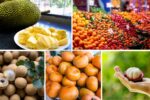



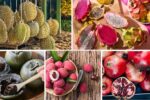
Leave A Comment